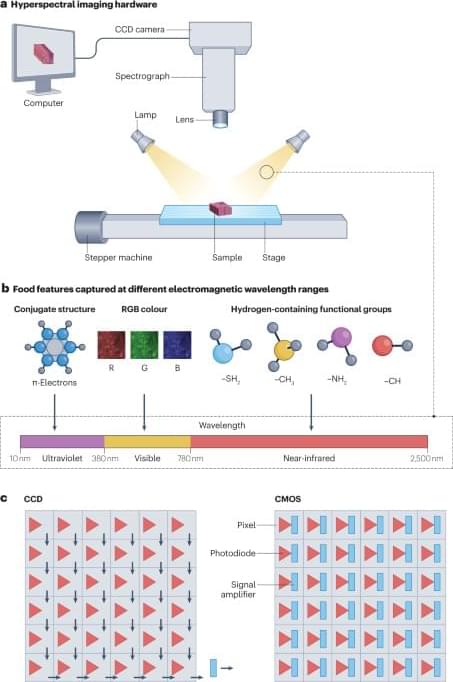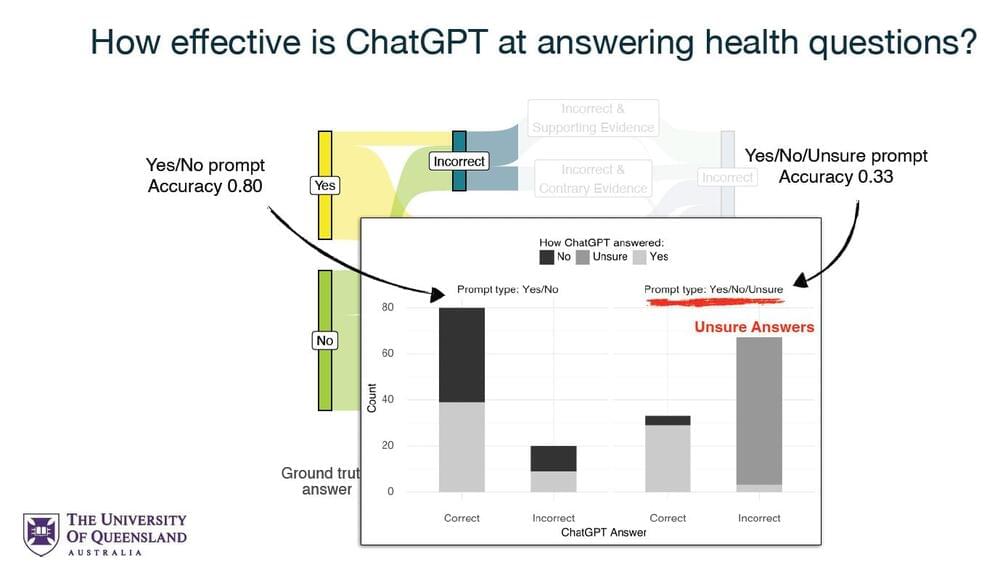Smaller LLMs seemingly have faster reactions.



Rational and scientific use of hyperspectral imaging involves the selection of appropriate imaging hardware and data analysis software. Sun et al. describe applications of hyperspectral imaging in food quality inspection and provide guidance for non-specialist researchers aiming to implement this technology.

A newly developed AI method can calculate a fundamental problem in quantum chemistry: Schrödinger’s Equation. The technique could calculate the ground state of the Schrödinger equation in quantum chemistry.
Predicting molecules’ chemical and physical properties by relying on their atoms’ arrangement in space is the main goal of quantum chemistry. This can be achieved by solving the Schrödinger equation, but in practice, this is extremely difficult.


Link :
Experts are concerned about the way our planet is rotating due to climate change. For years, scientists have been concerned about the impacts of global warming.
Now, new research has revealed a change in the Earth’s spin due to the melting of the ice poles.
This could see a delay to the ‘leap second’ that was due to be added to the world’s Coordinated Universal Time (UTC) in 2026.


Study: Dr ChatGPT tell me what I want to hear: How different prompts impact health answer correctness
As AI becomes increasingly integral to our daily lives, its ability to provide accurate and reliable information, particularly in sensitive areas such as health, is under intense scrutiny. The study conducted by CSIRO and The University of Queensland researchers brings to light the nuanced ways in which the formulation of prompts influences ChatGPT’s responses. In the realm of health information seeking, where the accuracy of the information can have profound implications, the findings of this study are especially pertinent.
Using the Text Retrieval Conference (TREC) Misinformation dataset, the study precisely evaluated ChatGPT’s performance across different prompting conditions. This analysis revealed that ChatGPT could deliver highly accurate health advice, with an effectiveness rate of 80% when provided with questions alone. However, this effectiveness is significantly compromised by biases introduced through the phrasing of questions and the inclusion of additional information in the prompts.



Assisted by quantum physics and machine learning, researchers have developed a transparent window coating that lets in visible light but blocks heat-producing UV and infrared. The coating not only reduces room temperature but also the energy consumption related to cooling, regardless of where the sun is in the sky.
Windows are great. They provide views of the park you live across from or the bird-filled tree outside your office. But, windows can also be not-so-great. Letting in light (and the view) is one thing, but with light comes heat, especially in the hotter months.
On hot days, up to 87% of heat gain in our homes is through windows. UV radiation from sunlight passes easily through glass, heating up the room and increasing the likelihood that you need to turn on the air-con or else forgo any light (and, again, that view) by closing the curtains or lowering the blinds. However, researchers at the University of Notre Dame have developed a window coating that blocks heat-producing UV and infrared light while allowing visible light in, reducing both room temperature and cooling energy consumption.